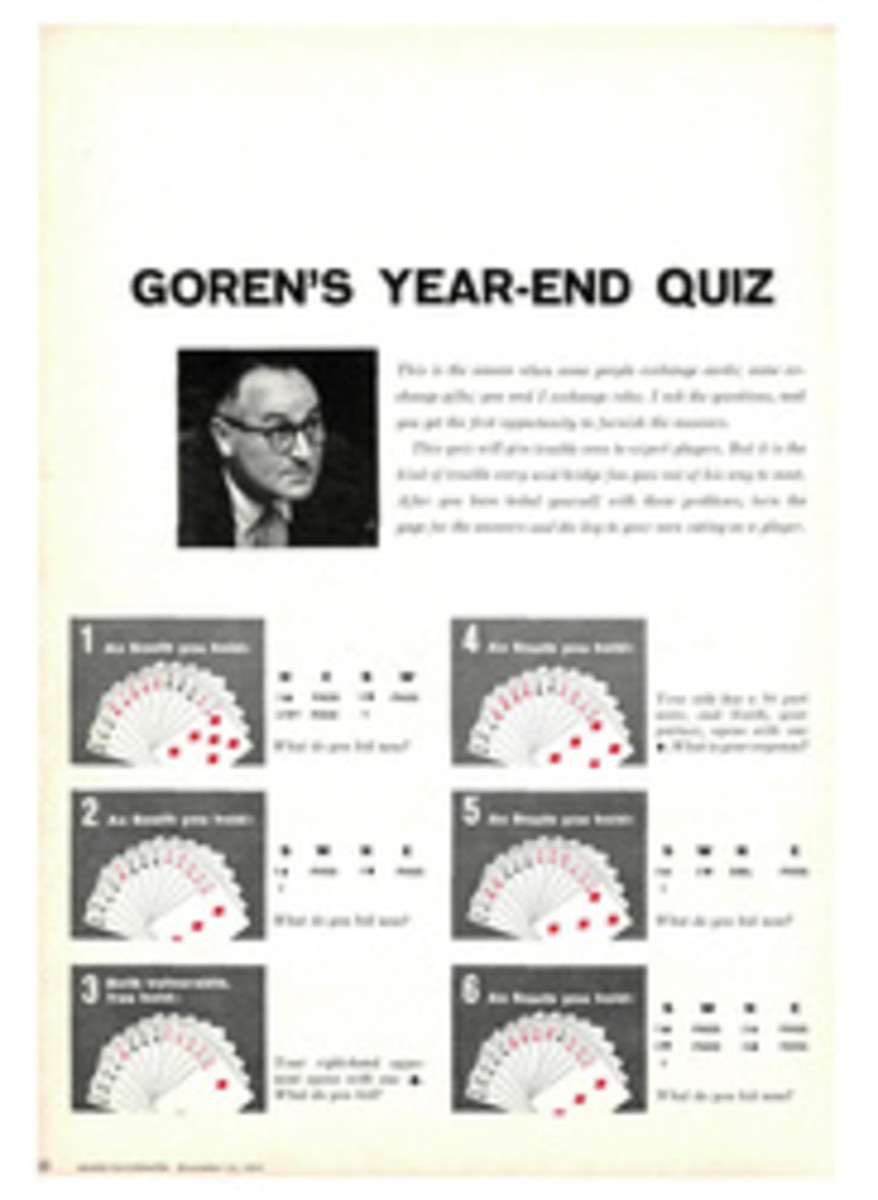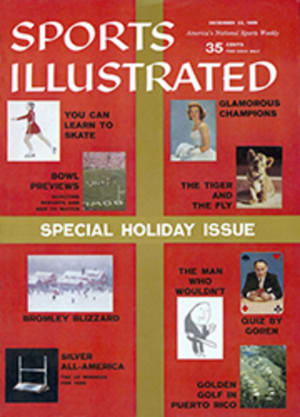
Hot candidate for a Christmas punch bowl
Christmas should imply the fairy tale, as it is known to the Belgian child who finds a toy in place of the oats he has set out for the reindeer of St. Nicholas.
Christmas should be a joy from a gift given, like the sheaf of grain that is tied to a Norwegian roof gable to feed the winter birds. As Sigrid Undset described it: "The loveliest sight in the world, the grain hanging down like a rain of gold, the fat, live, big, pink bullfinches circling—that was my Christmas present."
Christmas should be the memory of all the Christmases ever experienced; this to me is implicit in the Christmas tree itself, banked with presents that are so much more beautiful left unopened.
Most of all, Christmas should be centered on the crèche that children love. In Provence they make little statues of the butcher, the baker, the candlestick maker to surround the Holy Family.
For Christmas is both the Ghirlandajo painting of the Magi and the live procession of shepherds, each year, to Les Baux—the lamb offered, the Communion and the Réveillon.
It is also the festival of fires, the ancient ritual in celebration of the victory of light over darkness: a race memory half-sensed, of Bronze Age man's rejoicing over the passing of the shortest day in the year, and the yule log that would help rekindle the sun.
One can imagine that the primitive feast must have included some beverage that contributed to the rekindling of the vital fires in our forbears—perhaps in Nordic countries a brew concocted of mead and honey. For in later but still far-away historical epochs an endless procession of sack possets, grogs, caudles, neguses and nogs (to name a few of the hallowed drinks of old England, never mind other countries) warded off the foggy dew of north European Christmas.
Most of these potations are more rewarding to think about than to concoct today in an age of Scotch on the rocks, vodka, soda water and the counting of calories. Yet there are a number of "traditional" drinks associated with the season which do compete at Christmas holiday time with the standard offerings of the host on everyday occasions. To the familiar eggnog, hot mulled wine and rum toddy preparations, the venturesome host might well add for consideration the colorful creation filling the punch bowl on the opposite page.
This is a hot drink known as farmer's bishop, which combines apple cider with brandy, spices and baked oranges. It is a countryman's variation of the bishop punch of 18th century England, which had port wine as its base, and which was described by Jonathan Swift in his "Verses for Fruit-Women" when he wrote of oranges:
Well roasted, with sugar and wine in a cup,
They'll make a sweet bishop when gentlefolks sup.
(A somewhat more regal version of this punch, made with claret instead of port, was called a cardinal; a pope had as its base nothing less than champagne.)
Farmer's bishop has the merit of being dry-tasting, festive in appearance and highly spectacular in the making—since some of the ingredients must be set ablaze at an initial stage of its preparation. A potable which can add jollity to the company on that morning-around-the-tree, it is also a cordial restorer to serve at New Year's Day parties.
FARMER'S BISHOP
Serves 25. Use silver punch bowl or some flameproof substitute, not a glass bowl
Select 10 navel oranges that have handsome skins and stick them with 8 cloves each. Bake in a slow oven for one hour.
Place the baked oranges in a heated punch bowl; prick them well with a fork. Pour over them 2 quarts of heated apple brandy (ordinary American applejack or, if desired, French Calvados) and sprinkle with 4 tablespoons of sugar. Light the brandy; burn for a few seconds; then douse with a gallon of almost boiling cider. In a cupful of the mixture stir half a teaspoon each of ground cloves and nutmeg and 2 teaspoons cinnamon; then add this to the punch bowl.
For refills after the punch has cooled, reheat in a chafing dish or on the kitchen stove.
PHOTO
LOUISE DAHL-WOLFE

